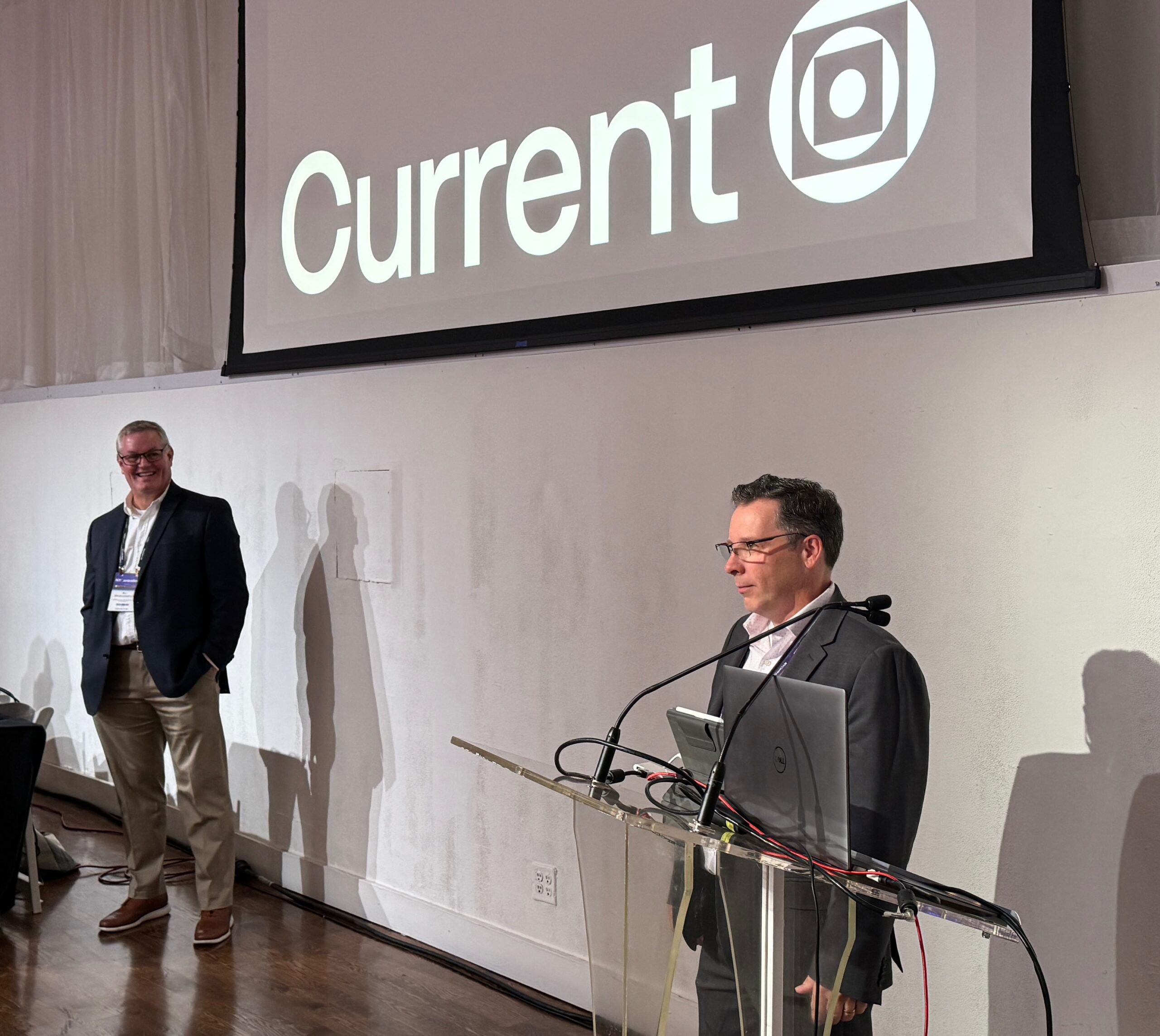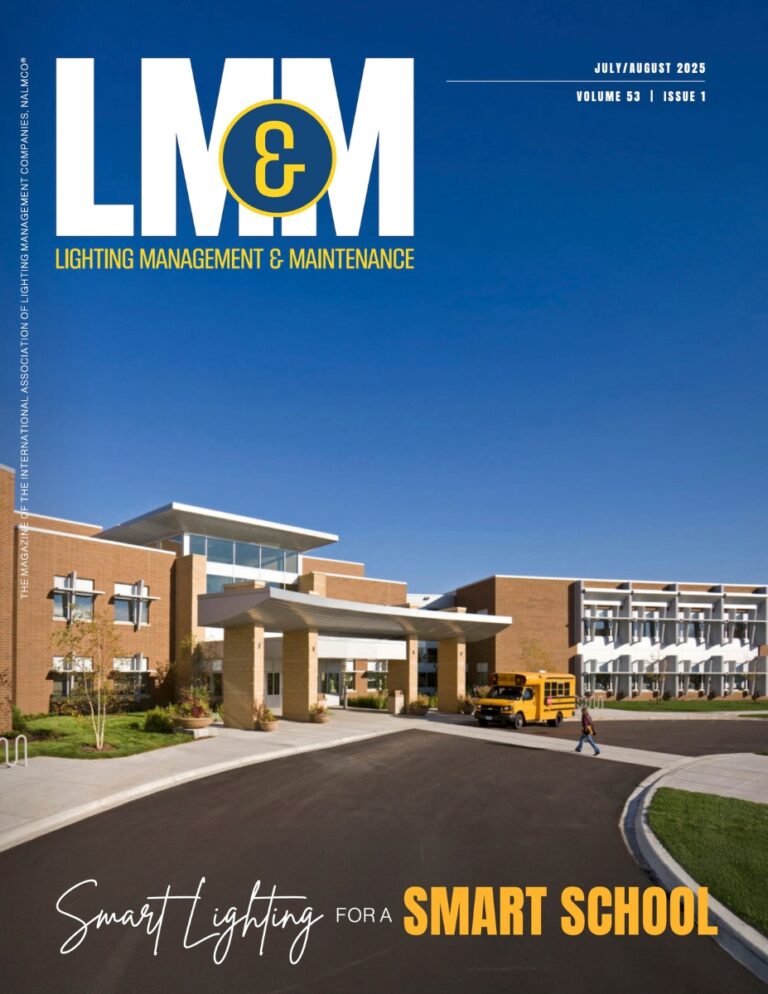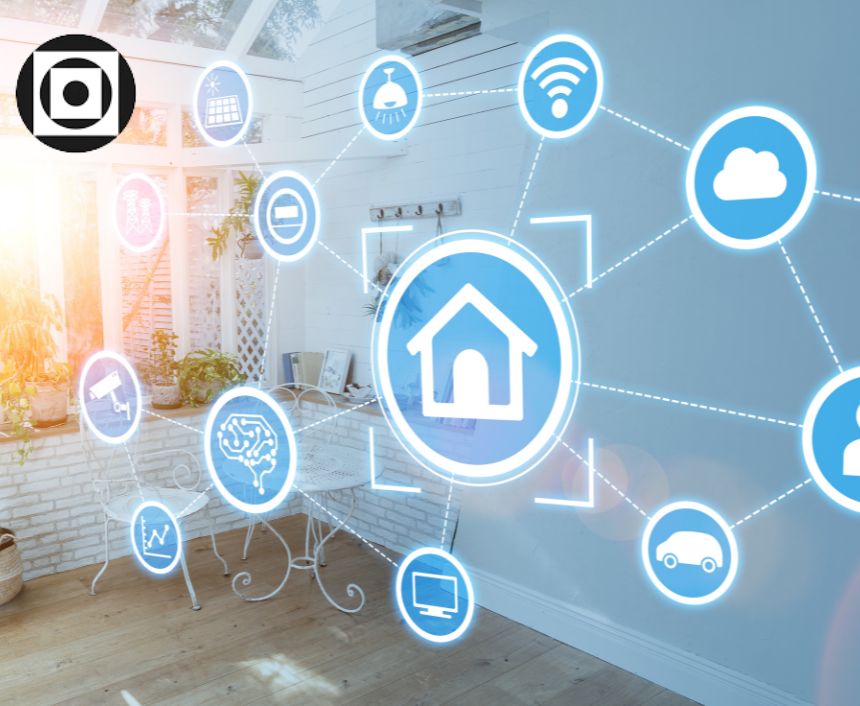There were seven technical sessions at the 2024 NYControlled Conference. Your humble editor conducted several interviews throughout the day, so I could only sit in on a portion of two of the education sessions. The first one was a presentation by Current’s Chuck Cameron.
Current’s Advanced Lighting Solutions: Step Into the Light
Chuck discussed innovative lighting control solutions in his “Step Into the Light” session at the NYControlled Conference. He explained how advanced occupancy sensing technologies can save energy while making spaces more comfortable for users. His presentation covered a range of applications, from offices to stairwells and open work areas.
Dual-Tech Sensors for Improved Detection
Chuck began by introducing Current’s dual-tech sensors, which combine passive infrared with ultrasonic technology for precise occupancy detection. This combination helps ensure that lights stay on when people are present and turn off when rooms are empty. Through Current’s “telescope” app, users can adjust sensor sensitivity to meet each space’s needs. This feature is beneficial in high-traffic areas where overly sensitive sensors can lead to unnecessary energy use.

Flexible Operation Modes for Different Spaces
Chuck then explored various operation modes tailored to specific environments:
- Automatic On/Off: This mode is ideal for shared restrooms or storage rooms, where lights turn on automatically when someone enters and off after a set timer expires.
- Manual-On/Vacancy Mode: In private offices, users turn the lights on manually. If they forget to turn them off, the sensor takes care of it, reducing energy waste.
- Partial Off for Stairwells: For seldom-used stairwells, lights can dim instead of turning off entirely when unoccupied, meeting life safety standards while conserving energy.
- Partial On for Conference Rooms: When someone enters a conference room, a low light level activates, allowing them to settle in. They can then adjust the lighting to full brightness as needed.
Grace Periods and Schedule-Based Lighting
Chuck highlighted the use of grace periods and schedule-based lighting for certain spaces:
- Grace Periods: In lecture halls or classrooms, lights can dim to an intermediate level after a specific timeout rather than shutting off completely. This helps avoid sudden darkness in areas with occasional use.
- Scheduled Lighting: Ideal for areas with predictable use, such as corridors, this mode adjusts lighting based on time. During the day, lights stay fully on. At night, they dim to 50% for security and energy savings.
Companion Zones for Open Office Spaces
Chuck introduced a unique “companion zones” feature designed for open office layouts. This setting allows individual office sections to dim or turn off based on occupancy without affecting adjacent zones. Each zone dims to 20% when empty, and only when all zones are unoccupied do the lights turn off completely. This setup prevents dark spots and maximizes energy savings, especially in large, open workspaces.
Integrating Lighting with Building Management Systems
Current’s NX system offers flexible integration with building management systems (BMS). Cameron explained that while full BMS integration can be costly, Current also provides simpler solutions. Basic dashboards display energy use and occupancy trends, helping organizations optimize their lighting.
Additionally, Current’s API connects to advanced building automation and space optimization software. This data-driven approach allows companies to assess their space needs—whether to expand, reconfigure, or downsize based on actual usage patterns.
A Vision for Smarter, Sustainable Buildings
Chuck concluded by focusing on the role of smart technology in creating more sustainable buildings. Properly implemented occupancy sensing can save energy without disrupting user comfort. Ideally, well-designed systems work invisibly, ensuring that people in the space never notice the sensors at all.
Current’s solutions demonstrate how advanced lighting controls can balance efficiency, sustainability, and comfort. As buildings move toward smarter technology, these innovations are set to become a core part of modern facility management, making spaces greener and more adaptable to user needs.






